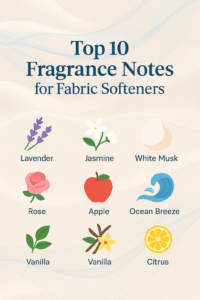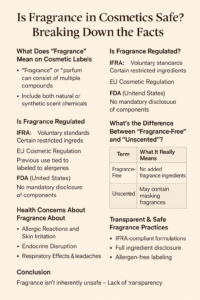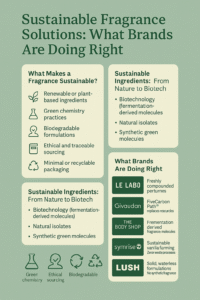Flavor is a sensory experience that combines taste, smell, and texture to create a perception of food or drink. It’s a multi-dimensional concept that goes beyond simple taste, encompassing a complex interplay of sensations that can evoke memories, emotions, and cultural connections.
Taste: The basic tastes—sweet, sour, salty, bitter, and umami—are detected by taste buds on the tongue. Sweetness is often associated with sugars, sourness with acids, saltiness with salts, bitterness with alkaloids, and umami with amino acids like glutamate. These tastes are fundamental building blocks of flavor.
Smell: The olfactory system plays a crucial role in flavor perception. Aromas from food travel through the nostrils to the olfactory epithelium, where they bind to receptors, sending signals to the brain. This is why foods can taste bland when the sense of smell is compromised.
Texture: The way a food feels in the mouth—its texture—also contributes significantly to flavor. Factors like crunchiness, creaminess, and viscosity can enhance or detract from the overall flavor experience.
Flavor Perception: The brain processes information from taste buds, olfactory receptors, and other sensory inputs to create a perception of flavor. This perception is highly subjective, influenced by individual differences in genetics, culture, and experience.
Cultural Significance: Flavor is deeply intertwined with culture. Different cuisines around the world emphasize different tastes and aromas, reflecting the unique culinary traditions and preferences of each culture. For example, Asian cuisines often balance sweet, sour, salty, bitter, and umami flavors, while Western cuisines may focus more on contrasting flavors and textures.
Emotional Connection: Flavor can evoke powerful emotions and memories. Certain flavors may remind us of childhood, holidays, or special occasions, triggering feelings of nostalgia or comfort. This emotional connection to food is a fundamental part of human experience.
Creating Flavor: Chefs and food scientists use various techniques to create complex and harmonious flavors. This can involve combining ingredients that enhance each other’s flavors, using cooking methods that develop rich aromas, and balancing tastes and textures to create a satisfying overall experience.
Health and Flavor: The perception of flavor can also influence dietary choices and health. Foods that are perceived as flavorful are often more satisfying, leading to a greater sense of satiety and potentially reducing overall calorie intake. However, the modern food industry’s emphasis on artificial flavors and excessive salt, sugar, and fat can lead to unhealthy eating habits and contribute to the global rise in diet-related diseases.
In conclusion, flavor is a rich and multi-faceted sensory experience that plays a central role in our enjoyment of food and drink. It’s a fascinating interplay of taste, smell, and texture, influenced by culture, memory, and emotion. Understanding and appreciating the complexity of flavor can enhance our culinary experiences and deepen our connection to the world around us.



